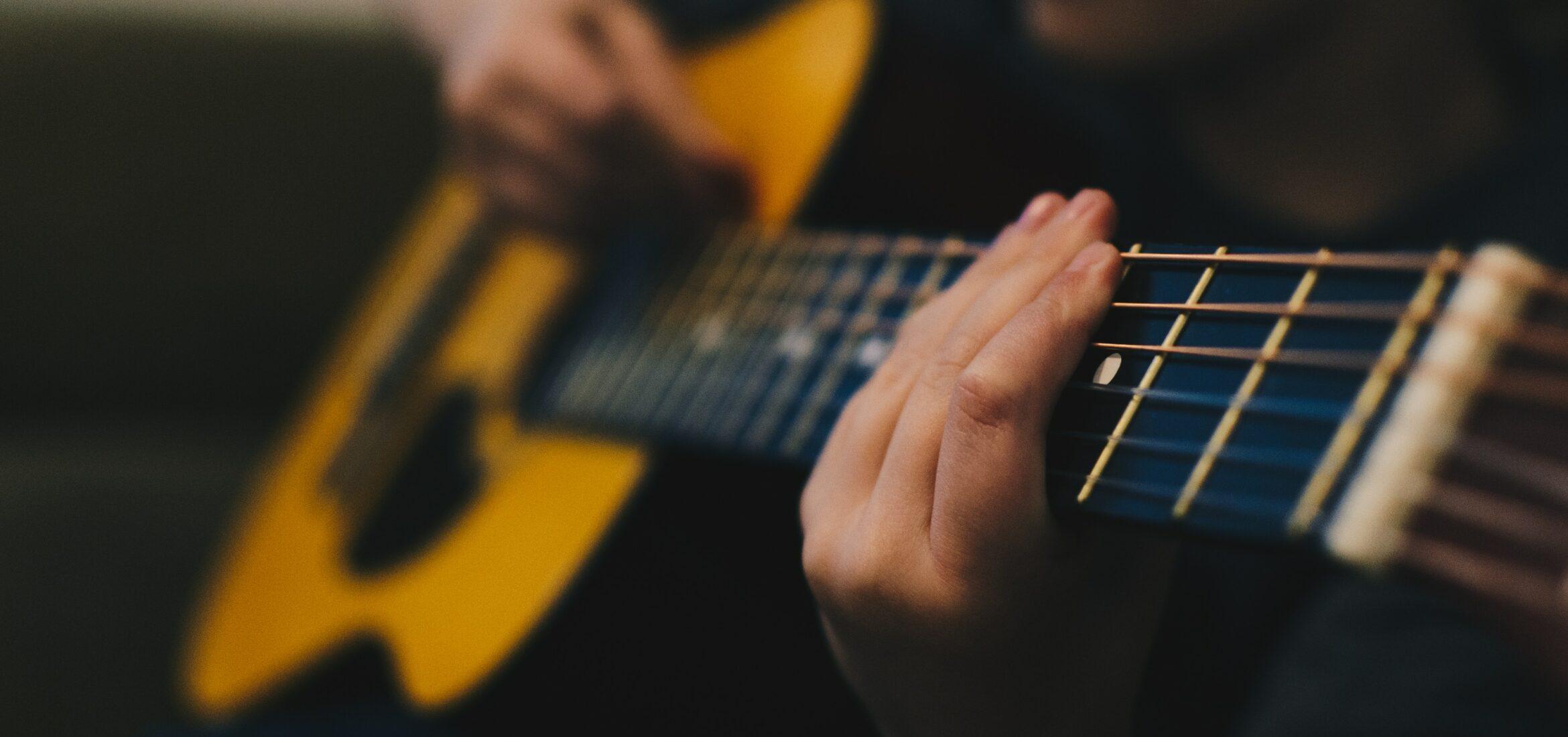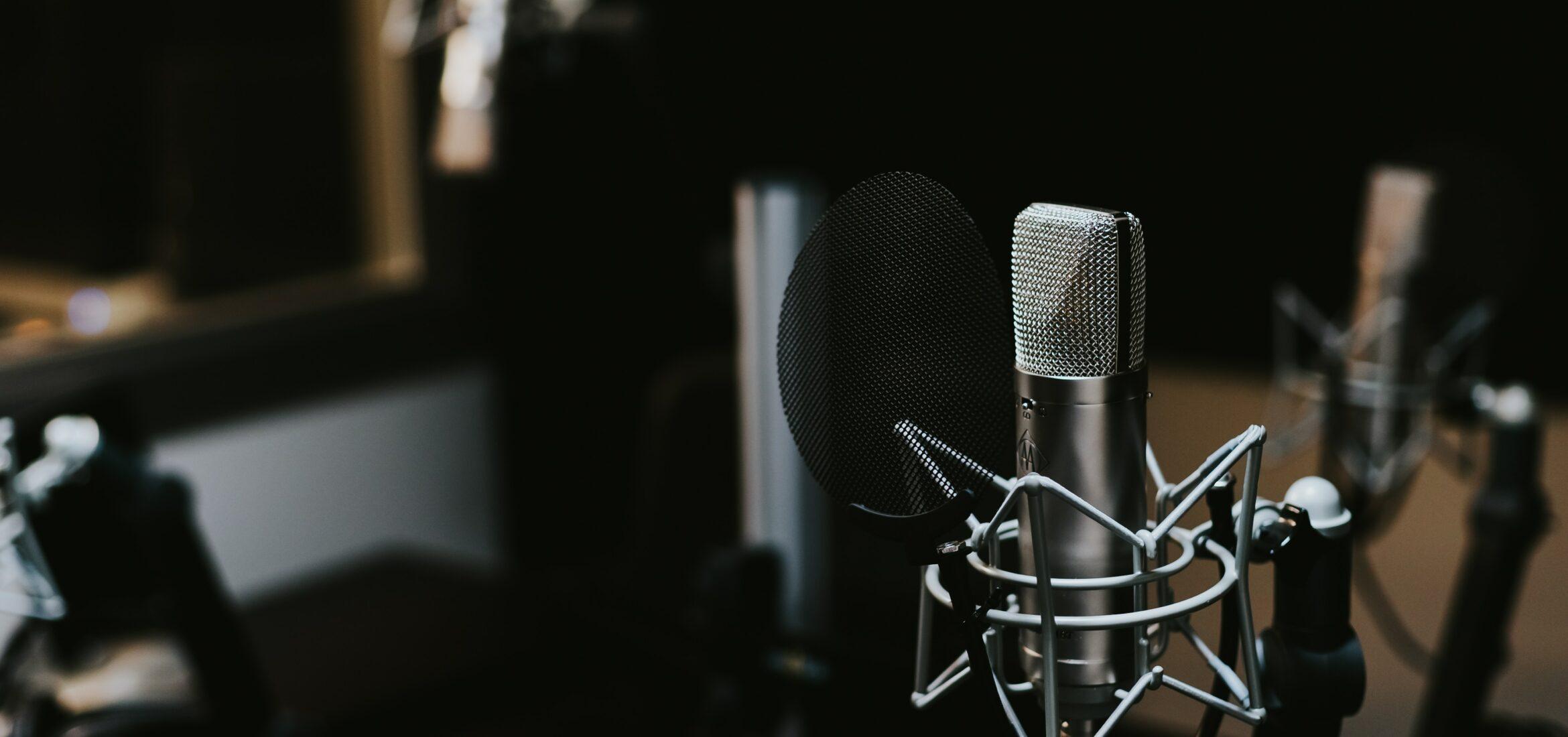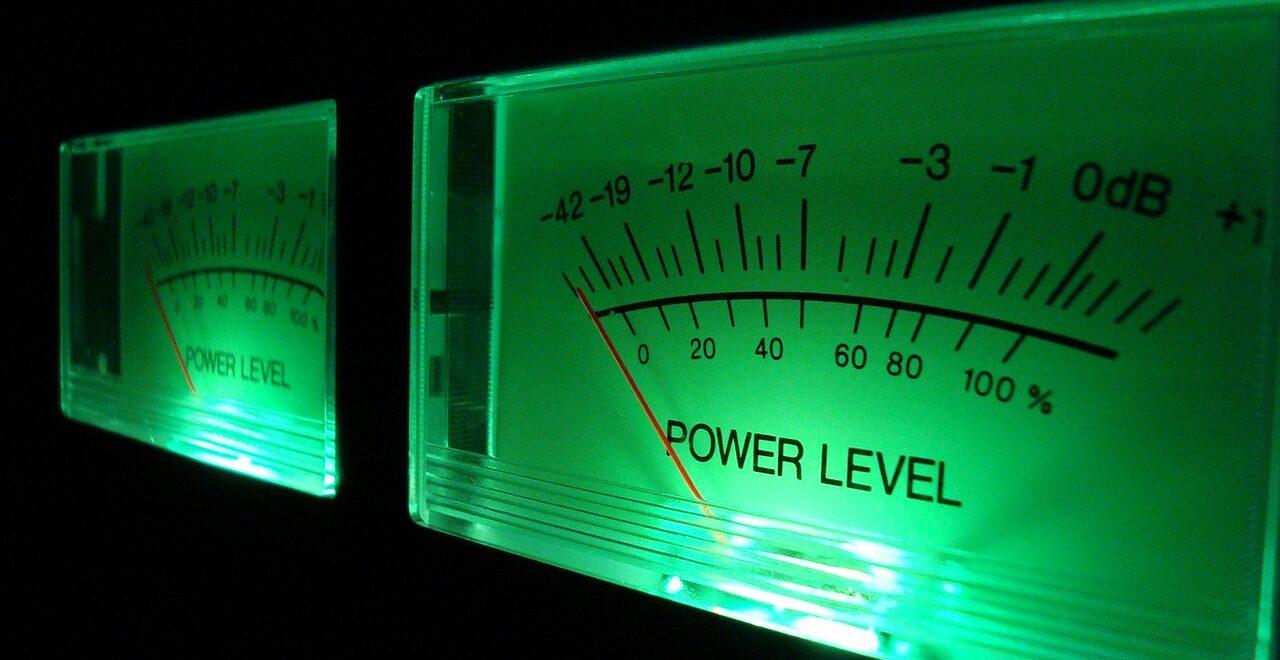No matter the genre you’re working with, there’s always room for some acoustic guitar. Acoustic guitar is a staple in rock, blues, country, and folk music, but in recent years the instrument has also made its way into the realms of hip-hop and EDM. The acoustic guitar has a classic sound that’s both familiar and pleasing. Musicians, producers, and engineers should want the majesty of their acoustic guitar sounds to translate perfectly into the mix. Here are three ways to achieve a full acoustic guitar sound.
1. Record At Least Two Acoustic Guitar Tracks (Doubling)
If you’re looking to create a full acoustic guitar section in your song, try recording two acoustic tracks instead of one. The performances of both tracks should be similar. It’s important, however, that you don’t simply copy the first take and paste it in a new track. This will result in an inorganic, robotic sound.
By tracking two separate takes of the same section, little nuances or human errors will be canceled out while also conveying a more natural performance. Once you’re happy with these takes, make sure they are at a similar level so that one track doesn’t overpower the other. After this, pan one track hard left and the other hard right. The panning can be softened later on in the mixing process.
2. Record in Stereo
Doubling vocals and the overall mix is a great way to introduce more flavor to the section, but recording in stereo can be faster and just as effective. To record in stereo, you’ll need two mics. These mics can be placed in several configurations, but most importantly they need to be at a slight distance from one another. This way each mic is capturing a different tone of the same performance.
If the tracks still come out too similar after recording, experiment with some light delay. Adding delay to just one of the tracks will give it a slightly different flavor and resonance. After a chord is strummed, one track will linger a bit longer than the other, making it more interesting.
3. Find the Right Frequencies
Proper microphone placement is crucial for recording in stereo, but it’s also key to finding the right frequencies for your recording. Results will vary depending on the type of mic and mic configuration. Some commonly used mics for acoustic guitar recording include the Shure SM81 and KSM141, AKG Perception 170, and Rode NT4 (which allows for stereo recording in a single mic).
If you’re using stereo microphone techniques, there are a few optimal configurations for acoustic guitar. The Blumlein configuration involves two bi-directional mics at 90 degrees from one another. The mics should be close but not touching. Spaced pair configurations usually incorporate two condenser mics placed at the same height and equidistant to the instrument. With the right mics and proper spacing, you can capture the frequencies you desire and omit the ones you don’t. Mics placed closer to the sound hole will capture lower frequencies than mics closer to the fretboard. Once you find the right configuration and are happy with the recording, you can continue to EQ in your recording software.
These three tips are a good place to start if you’re getting into the acoustic recording process. Keep experimenting!
About the Author

Ethan Keeley
Writer, Voice Talent, Musician, and Audio EditorEthan Keeley is a musician, voiceover talent, and writer from Rochester, New York. When he's not on tour with his band Unwill he's working on new songs and stories.
Leave a comment
Log in to comment




